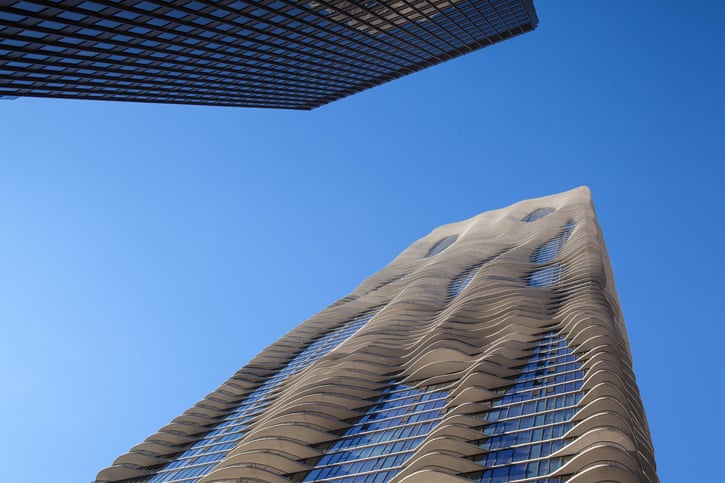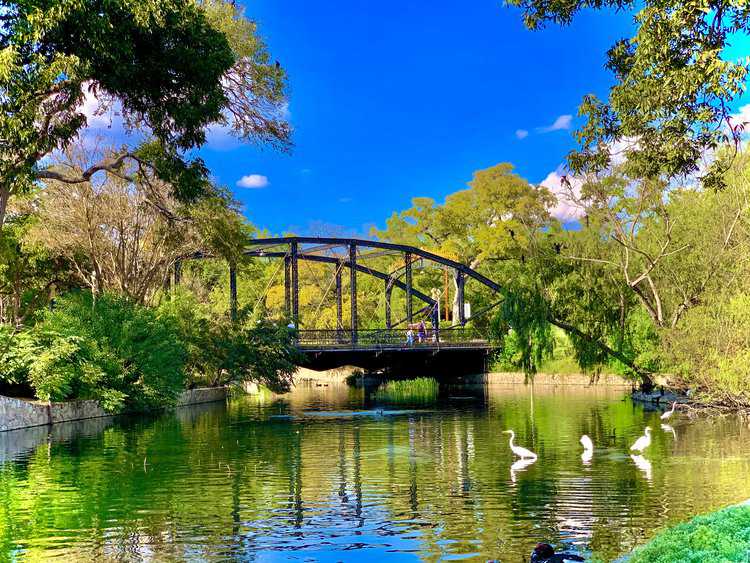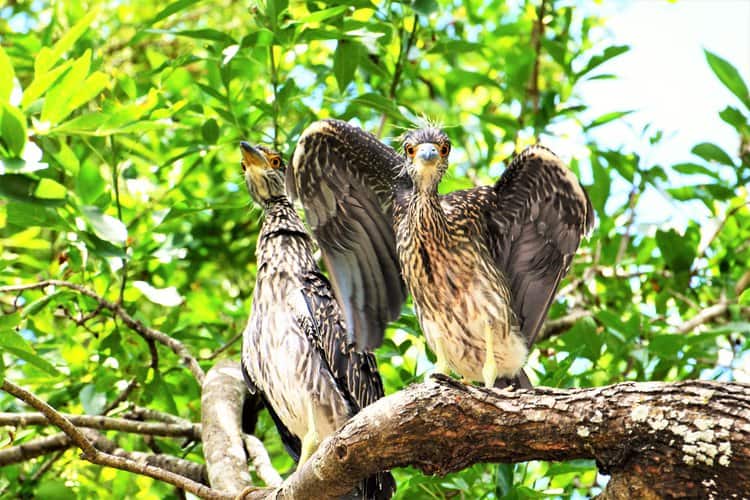Each year, thousands of migratory birds face significant risks as they pass through urban areas like Chicago. The city’s tall buildings and illuminated structures, especially at night, create hazardous conditions for birds traveling along major migratory paths.
These birds, often confused by artificial lighting, crash into windows and structures, leading to injury or death. Organizations like the Chicago Bird Collision Monitors and local rehabilitation centers are working tirelessly to mitigate these risks.
One of the most notable examples of bird collisions occurred last fall when approximately 1,000 birds died in a single night after flying into the glass exterior of McCormick Place, a large convention center on Chicago’s lakefront. In response to incidents like this, efforts have been made to make buildings safer for birds. This fall, McCormick Place installed bird-safe window film on one of its glass buildings, a measure aimed at reducing collisions.
Doug Stotz, a senior Conservation ecologist at the Field Museum, believes the new window film is showing early signs of success. “It looks like it’s made a huge difference,” Stotz said, noting that bird deaths have decreased significantly since the installation of the film, though more data is needed for a complete assessment.
The efforts to protect migratory birds extend beyond individual building modifications. Volunteers from the Chicago Bird Collision Monitors patrol the streets of downtown Chicago during migration seasons, rescuing injured birds and documenting fatalities. Annette Prince, director of the organization, explains that Chicago’s position on a major migratory path, combined with artificial lighting and glass buildings, creates a perfect storm for bird collisions.
Once rescued, injured birds are often taken to rehabilitation centers, such as the DuPage Wildlife Conservation Center in suburban Illinois, where they receive medical treatment. According to Sarah Reich, head veterinarian at DuPage, the center takes in around 10,000 animals each year, and approximately 65% of them are birds, many of which are victims of window collisions.
Despite these rescue efforts, the goal remains to prevent collisions in the first place. Advocates like Prince are pushing for changes in building design, lighting, and city planning to reduce the number of bird deaths. By raising awareness and promoting bird-safe practices, organizations aim to create a safer environment for the millions of birds that pass through Chicago’s airspace each year.
This article by Trinity Sparke was first published by One Green Planet on 16 October 2024. Image Credit :Dmitriy Bryndin/Shutterstock.
What you can do
Help to save wildlife by donating as little as $1 – It only takes a minute.







Leave a Reply